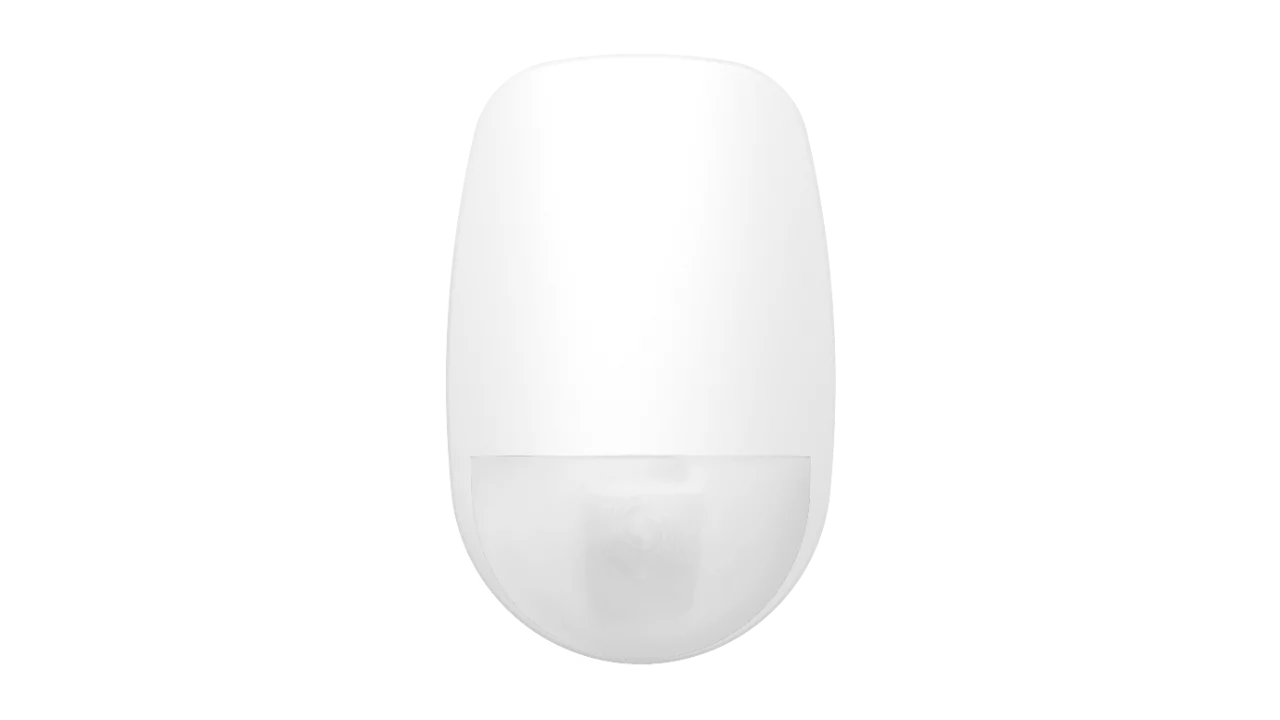Active Deterrence in CCTV: How to Proactively Prevent Crime
Active deterrence in CCTV systems represents a proactive approach to security, moving beyond passive observation to actively deter and respond to potential threats. Unlike traditional surveillance systems that primarily focus on recording events, active deterrence incorporates features designed to discourage and prevent unwanted behaviour.
This approach utilises visual and audio cues to deter potential intruders or discourage undesirable activities. For example, the system may be configured to display a prominent visual deterrent, such as a flashing light or a pre-recorded message warning of surveillance, in areas prone to unauthorised access. Similarly, audible deterrents, such as warning sounds or recorded messages, can be activated to alert potential intruders and discourage unwanted behaviour.
By proactively deterring potential threats, active deterrence significantly enhances the effectiveness of CCTV systems, creating a more secure and less inviting environment for those seeking to engage in criminal activity.
Key Active Deterrent Features
Active deterrence in CCTV systems incorporates several key features to enhance their effectiveness.
-
Visual Alerts: Many cameras are equipped with visual deterrents, such as flashing lights or strobes. These visual cues serve as a clear indication that the area is under active surveillance. The security system's visible presence can be a powerful deterrent, discouraging potential intruders from proceeding with their actions.
-
Audio Alarms: To further enhance the deterrent effect, some systems incorporate built-in speakers that emit pre-recorded warning messages or activate audible alarms. These auditory alerts can be highly effective in deterring potential intruders and can be customised to suit specific needs and environments.
-
Remote Control: Many active deterrent systems can be operated remotely for greater flexibility and control. Users can utilise mobile apps or computer interfaces to manually activate visual or audio alerts, allowing for a proactive and immediate response to perceived threats even when the user is not physically present.
-
Integration with Other Security Systems: Active deterrence is most effective when integrated with a broader security ecosystem. By seamlessly integrating with other security devices such as motion sensors, door alarms, and other detection systems, a more comprehensive and coordinated response can be achieved. This integrated approach maximises the overall effectiveness of the security system and enhances the deterrence of potential threats.
Benefits of Active Deterrent in CCTV
Active deterrence within CCTV systems offers a range of significant benefits, enhancing overall security and providing a more cost-effective approach to security management.
-
Enhanced Security: The combination of visual and audio cues, such as flashing lights and warning sounds, creates a powerful deterrent effect. Potential intruders are more likely to be discouraged from pursuing their actions when they are aware that they are under active surveillance and that their activities are being closely monitored.
-
Immediate Response and Risk Mitigation: Active deterrence minimises the risk of escalation by enabling immediate responses to potential threats. If an intrusion is detected, the system can immediately trigger alerts, activate alarms, or initiate other deterrent measures, preventing incidents from developing into more serious security breaches.
-
Increased Awareness and Sense of Security: The visible and audible elements of active deterrence serve as a constant reminder that the area is under surveillance. This heightened awareness not only deters potential intruders but also provides a greater sense of security and peace of mind for occupants or property owners.
-
Cost-Effectiveness: Compared to traditional security measures such as increased human guard presence or expensive physical barriers, active deterrence offers a more cost-effective solution. These systems operate continuously with minimal human intervention, providing long-term security with reduced ongoing maintenance and personnel costs.
How Active Deterrent Work
Active deterrent technology within CCTV systems employs a sophisticated approach to deterring unwanted activity. By combining advanced sensors and intelligent algorithms, these systems can detect suspicious movement or activity and trigger immediate responses.
The system analyses video feeds in real-time, identifying and responding to potential threats. For example, suppose the system detects unusual movement within a designated area. In that case, it can immediately activate a pre-programmed response, such as illuminating the area with a bright floodlight or sounding an audible alarm.
To maximise effectiveness, these systems often incorporate adaptive alert patterns. For instance, during nighttime hours, the system might prioritise the use of flashing lights or strobes to indicate that the area is under surveillance clearly. Conversely, during daytime hours, audible alarms may be more effective in deterring potential intruders.
This adaptability ensures that the system can effectively deter unwanted activity across different periods and environmental conditions, providing a robust and effective layer of security.
Conclusion
In contrast to traditional passive surveillance systems that primarily focus on recording events, active deterrence introduces a proactive approach to security. By incorporating features such as visual and audio alerts, remote control capabilities, and seamless integration with other security systems, these systems move beyond mere observation.
Active deterrence empowers CCTV systems to respond to potential threats in real-time. This proactive approach not only deters potential intruders but also minimises the risk of escalation by enabling swift and appropriate responses to suspicious activity.
By combining these features, active deterrence significantly enhances the surveillance system's overall effectiveness, providing a greater sense of security and contributing to a more secure and safer environment.

